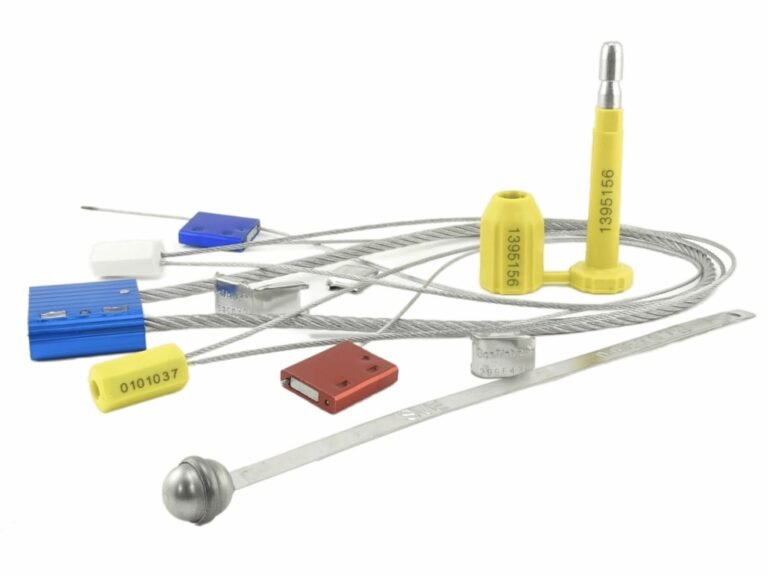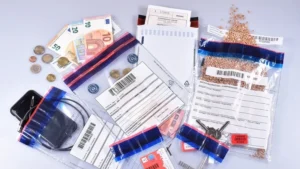
Security bags are a simple yet effective solution for protecting valuables, confidential documents, biological samples and evidence. In 2025, the need for tamper-resistant packaging will be greater than ever, especially in sectors such as banking, law enforcement, healthcare and aviation.
Definition of a Security Bag
A security bag is a specially designed packaging solution that displays clear signs of tampering if unauthorized access is attempted.
Unlike regular bags, security bags are made with high-strength materials and advanced features such as tamper-evident seals, tracking codes, and serial numbers. These features ensure that any interference during storage or transit is immediately detectable, protecting the integrity of the contents.
Key Characteristics of Security Bags
Tamper-Evidence
The defining feature of security bags is their tamper-evident design. Any attempt to open, reseal, or compromise the bag will result in irreversible visual evidence, such as void messages or broken seals.
Unique Serialization and Tracking
Each bag typically comes with a unique serial number, barcode, or QR code. This enables real-time tracking and audit trail verification, especially during multi-point transportation or handling.
Common Types of Security Bags
Paper Mailer Bag
Paper mailer bags are eco-friendly and commonly used for shipping documents or lightweight products. With options for tamper-evident tape, they offer a balance between security and sustainability.
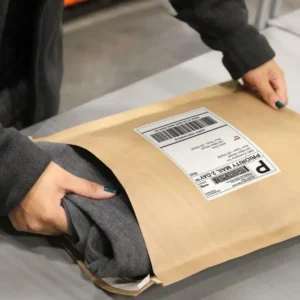
Courier Bag
These are widely used in e-commerce and logistics sectors. Made of durable polyethylene, courier bags often include tamper-proof seals and barcodes for traceability during delivery.
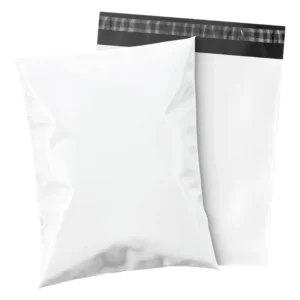
Bubble Mailer Bag
Designed with an inner bubble lining, these bags offer cushioning for fragile items like electronics or small gadgets. Some variants come with tamper-evident sealing strips for added protection.
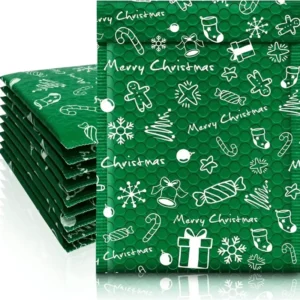
Tamper Evident Bag
This category includes bags that visibly indicate any unauthorized opening. They are used across industries such as banking, law enforcement, and healthcare to ensure secure handling.
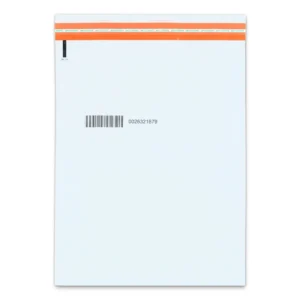
Duty-Free Bag
Used in international airports, these bags meet ICAO and TSA requirements for transporting liquids or goods bought after security checkpoints. Tamper-evident features prevent tampering during flights.
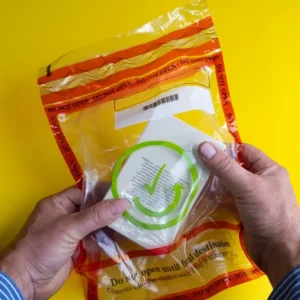
Packing Listing Envelope
Often adhered to the outside of packages, packing listing envelopes carry shipping documentation and invoices. Tamper-proof variants help ensure that logistical information isn’t altered or stolen.
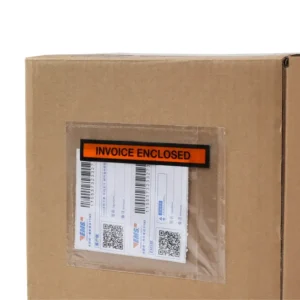
Industry Applications
Banking and Retail Operations
Security bags play a vital role in transporting cash, checks, and deposit slips securely between retail outlets and financial institutions.
Healthcare and Pharmaceutical Logistics
Hospitals and labs rely on tamper-evident bags to transport samples and sensitive medical materials securely.

Law Enforcement and Forensic Handling
Evidence bags are a standard in crime scene investigations. They help ensure that items collected remain uncontaminated and verifiable in court.
Logistics and E-commerce
Courier services use these bags to safeguard confidential documents, electronics, and customer deliveries with signature verification options.
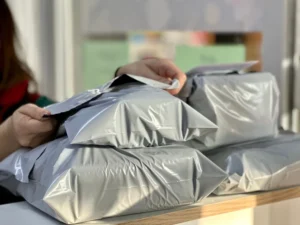
Travel and Aviation
Airports use ICAO-compliant duty-free bags that allow safe transport of items through multiple international borders without re-screening.
How Tamper-Evident Features Work
Security Tape and Adhesives
These are pressure-sensitive and impossible to reseal without evidence of interference. Once opened, they reveal a “VOID” message or change color.
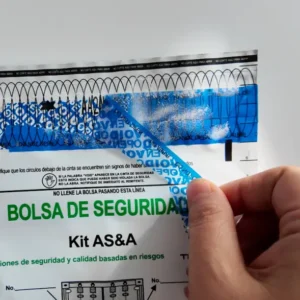
Void and Color-Shift Indicators
Color-changing inks and chemical indicators are activated upon tampering, giving a clear visual cue that the bag has been compromised.
Breakaway Zippers and Seals
Some reusable security bags feature seals or zippers that break upon forced entry, rendering the bag unusable without a replacement seal.
Materials Used in Security Bags
Polyethylene and Co-Extruded Films
Most single-use security bags are made of multi-layered polyethylene films, which offer durability, tear-resistance, and opacity for confidentiality.
Tyvek and Other Fiber Materials
Tyvek bags are moisture-resistant and strong, used primarily in high-security applications like medical and archival storage.
Paper-Based Hybrid Bags
These are used for internal documentation or mailroom applications where biodegradability is a concern.
Security Bag Manufacturing Standards
- ISO 9001: Quality assurance in manufacturing processes
- ASTM F2132: Standard test methods for tamper-evident seals
- ICAO and TSA Regulations: Specific to air travel security requirements
Innovations in Security Bag Design (2025 Update)
RFID Technology Integration
RFID-enabled security bags allow automatic tracking and check-in/check-out monitoring through scanning systems.
Blockchain Tracking Solutions
Some institutions are experimenting with blockchain to record every hand-off and access event for enhanced transparency.
Eco-Friendly and Recyclable Materials
New advancements allow for biodegradable films and reusable bags, reducing the environmental footprint of secure packaging.
How to Choose the Right Security Bag
- Purpose: Cash transport, evidence preservation, medical logistics, etc.
- Security Level: Basic tamper seals vs. multi-layer verification
- Size and Volume: Depending on contents and quantity
- Customization: Barcodes, logos, and serial numbers for branding and tracking
Environmental and Sustainability Considerations
While many security bags are single-use, sustainability is becoming a key focus in 2025. Options such as oxo-biodegradable plastics and reusable high-security courier bags are becoming more widely adopted.
Conclusion
From financial institutions to hospitals and airports, the use of security bags enhances safety, transparency, and compliance. As tampering threats evolve, so do the technologies and materials used in these bags. By understanding their structure, functionality, and application, organizations can make informed decisions to protect their most s

